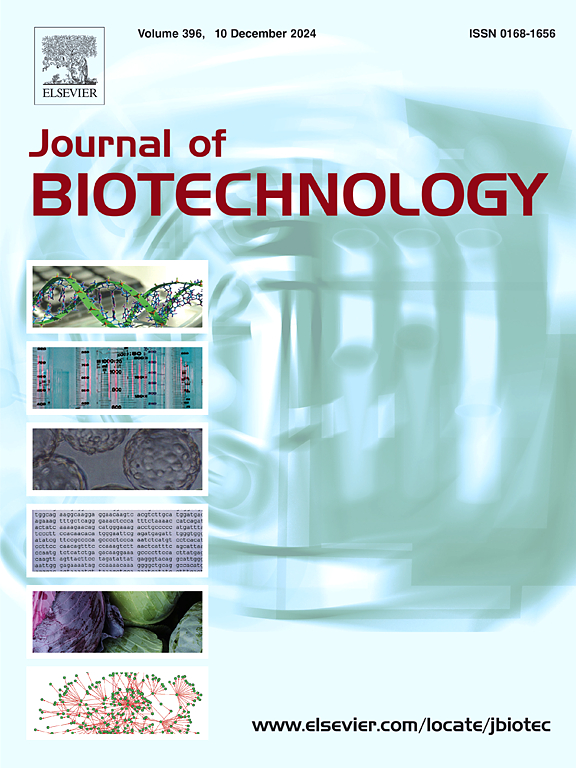Genome mining of an endophytic natural yeast isolate Rhodotorula sp. Y090 and production of the potent antioxidant ergothioneine
IF 4.1
2区 生物学
Q2 BIOTECHNOLOGY & APPLIED MICROBIOLOGY
引用次数: 0
Abstract
Endophytic yeast strains are promising sources of various valuable bioactive compounds. However, studies on endophytic strains derived from lichen samples remain limited. In this study, we isolated and characterized Rhodotorula sp. Y090 from a Usnea longissima lichen sample, and investigated its biosynthetic potential. Genome mining revealed distinct genetic features that differed from its closest relative strain R. graminis WP1. Ergothioneine (EGT) is a potent antioxidant and rare sulfur-containing histidine derivative. However, so far, the EGT biosynthetic enzymes by natural yeast strains have been limitedly studied. In this study, combining genome mining and transcriptomic analysis, genes encoding the potential enzymes for the production of EGT and xylose utilization were identified in Rhodotorula sp. Y090. Further studies demonstrated that Rhodotorula sp. Y090 was capable of producing EGT using xylose, glucose, glycerol, or sucrose as the sole carbon source, and the highest titer reached 363.6 mg/L in shake flask culture, which is significantly higher than that of the most reported levels in the other natural yeasts. Rhodotorula sp. Y090 also exhibited a good ability of EGT export, which could facilitate cost-effective production. These findings suggest that the lichen-derived endophytic yeast Rhodotorula sp. Y090 represents a promising natural candidate for bio-production of the potent antioxidant.
求助全文
约1分钟内获得全文
求助全文
来源期刊

Journal of biotechnology
工程技术-生物工程与应用微生物
CiteScore
8.90
自引率
2.40%
发文量
190
审稿时长
45 days
期刊介绍:
The Journal of Biotechnology has an open access mirror journal, the Journal of Biotechnology: X, sharing the same aims and scope, editorial team, submission system and rigorous peer review.
The Journal provides a medium for the rapid publication of both full-length articles and short communications on novel and innovative aspects of biotechnology. The Journal will accept papers ranging from genetic or molecular biological positions to those covering biochemical, chemical or bioprocess engineering aspects as well as computer application of new software concepts, provided that in each case the material is directly relevant to biotechnological systems. Papers presenting information of a multidisciplinary nature that would not be suitable for publication in a journal devoted to a single discipline, are particularly welcome.
 求助内容:
求助内容: 应助结果提醒方式:
应助结果提醒方式:


